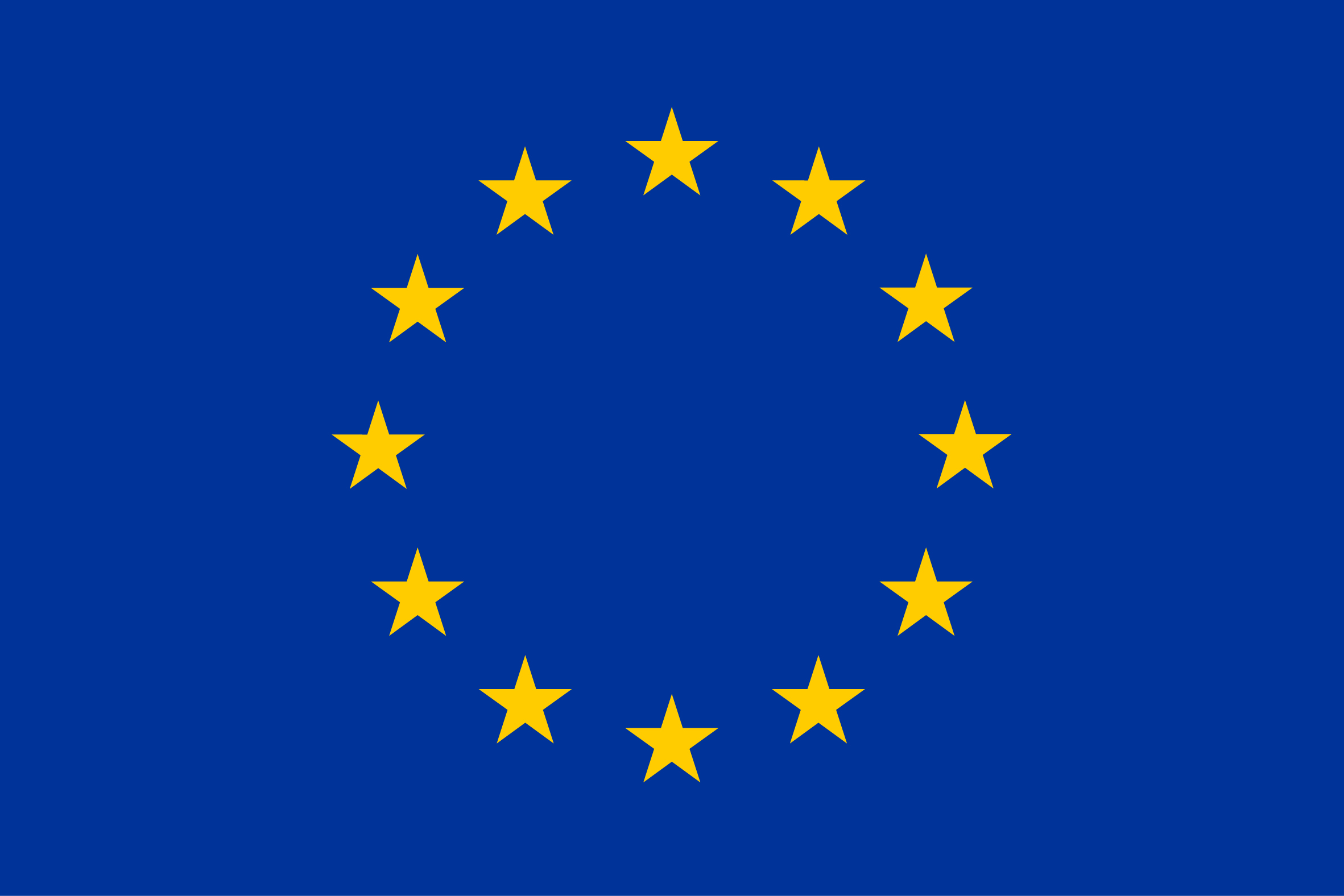No edit summary |
|||
| Line 38: | Line 38: | ||
==== Methodology ==== | ==== Methodology ==== | ||
Selected cities with more than 100.000 inhabitants using the field "pop_max", reprojected data layer to Lambert Azimuthal Equal Area (EPSG:3035). | Selected cities with more than 100.000 inhabitants using the field "pop_max", reprojected data layer to Lambert's Azimuthal Equal Area (EPSG:3035) projection. | ||
=Baltic Sea= | =Baltic Sea= | ||
In this tab you can see the information that applies concretely to the Baltic Sea edition of the MSP Challenge. | In this tab you can see the information that applies concretely to the Baltic Sea edition of the MSP Challenge. | ||
| Line 60: | Line 60: | ||
==== Methodology ==== | ==== Methodology ==== | ||
Selected cities with more than 100.000 inhabitants using the field "pop_max", reprojected data layer to Lambert Azimuthal Equal Area (EPSG:3035). | Selected cities with more than 100.000 inhabitants using the field "pop_max", reprojected data layer to Lambert's Azimuthal Equal Area (EPSG:3035) projection. | ||
=Clyde Marine Region= | =Clyde Marine Region= | ||
Not applicable. | Not applicable. | ||
Revision as of 14:40, 8 February 2022
This page was last edited on 8 February 2022, at 14:40. Content is available under GPLv3 unless otherwise noted.
 Co-funded by the European Union.
Co-funded by the European Union.